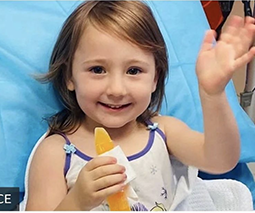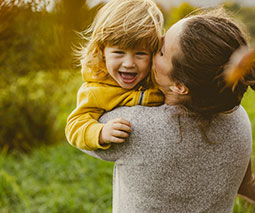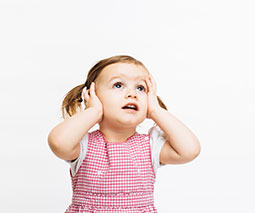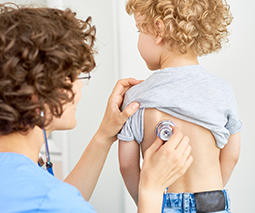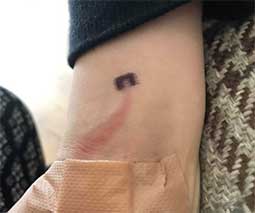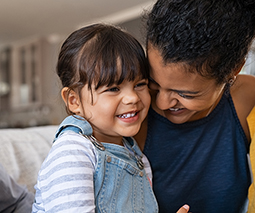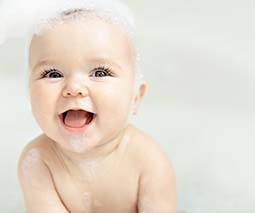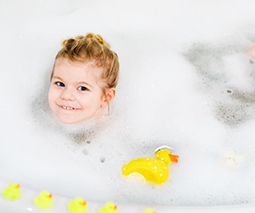How to tell if your baby has a headache – and what to do about it
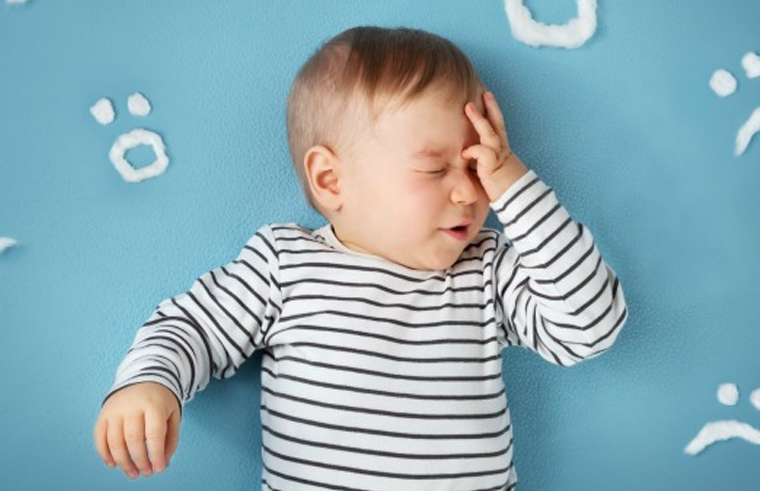
Would you know if your little one had a headache? Painful and yet invisible to the eye, they’re not always easy to detect but are fairly common in young children. Here’s what you need to know about identifying and treating headaches in your bub or toddler.
Do babies actually get headaches?
As adults, we’re no strangers to headaches and what that throbbing pain feels like, but what about babies and young kids? Do they get them? The short answer is yes, although they may not be the same as what an adult experiences. And how your baby reacts to a headache could be a lot different to your own reaction.
What are the signs?
Depending on the age of your child and what’s causing the headache, the symptoms will vary. For example, a very young baby will not be able to touch their sore head to indicate pain and they may simply be more clingy or sooky, or cry more than usual.
On the flip side, it’s important to remember that even toddlers, who can talk and point, might not necessarily realise that it’s their head that’s hurting.
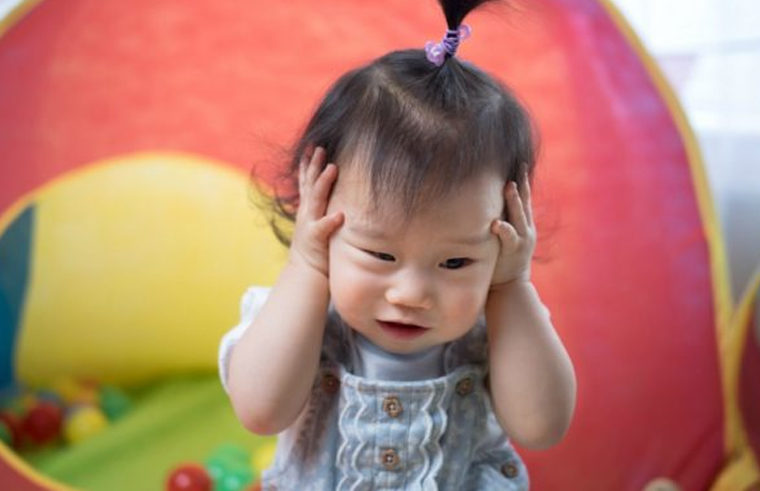
Here are some basic tell-tale signs of a normal headache in young children and babies:
- Crying
- Holding their head, or attempting to
- Being irritable
- Waking in the night
- Banging their head
- Pulling at their ear
- Poor appetite
- Complaining of feeling unwell generally
- Low energy
- Sensitivity to light
Mini migraines
When it comes to more severe head pain such as migraines or cluster headaches, additional symptoms in your baby can include:
- Incessant crying or screaming
- Vomiting or diarrhoea
- Sensitivity to light or sound
- Tummy ache or nausea
- Increased pain with movement
- A runny nose and watery eyes
What causes headaches in young children?
Like adults, there are many reasons infants may get a headache. Some of these include:
- A common illness or infection – such as a cold, flu or ear infection
- Hunger
- Stress or anxiety – such as being around new people or away from mum
- Teething
- Dehydration
- An injury to the head – if they have fallen or knocked their head in some way
- Genetic conditions – headaches can run in the family for some people
In very rare cases, a headache can be caused by a more serious illness like meningitis or a brain condition.
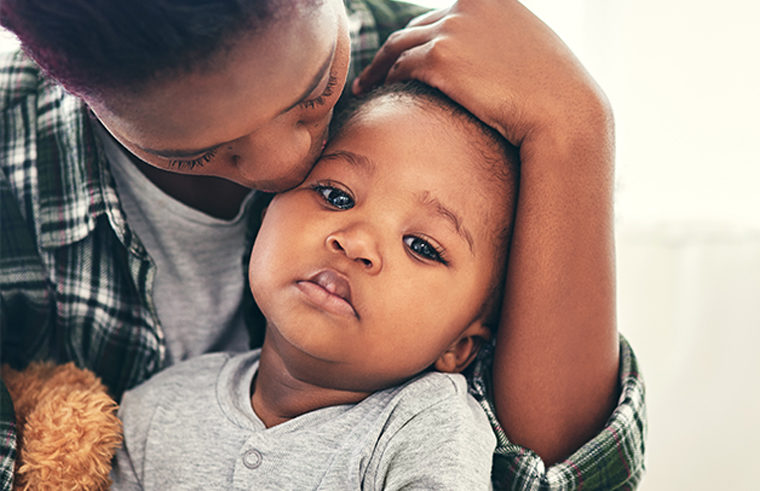
What you can do to help
Generally, rest or a sleep and some food and drink will help your little one’s headache to go away within an hour or two. However if they appear to be in a lot of pain, using pain-relief medication (such as children’s paracetamol) on a short-term basis can help. Placing a cool washcloth on the forehead is also thought to ease the discomfort. But most importantly, keep their fluids up.
When to be concerned
No parent enjoys having an upset baby, but generally a headache on its own isn’t anything to worry about too much. It should disappear fairly quickly, but if it seems prolonged (more than a couple of hours) or severe, get your little one checked out by a doctor.
In some instances, a headache could actually mean something more serious if accompanied by the following:
- Your child had a fall or appears dazed
- They’re dizzy or are having trouble with their vision
- Their alertness is decreasing
- The headache intensity is increasing
- They have incessant vomiting and a fever
- The pain is so bad they can’t sleep or eat
- You’ve given pain relief for more than two days
In the event that your child is showing any of these symptoms along with a headache, contact your doctor for a medical assessment to check for any other underlying illnesses or conditions.
